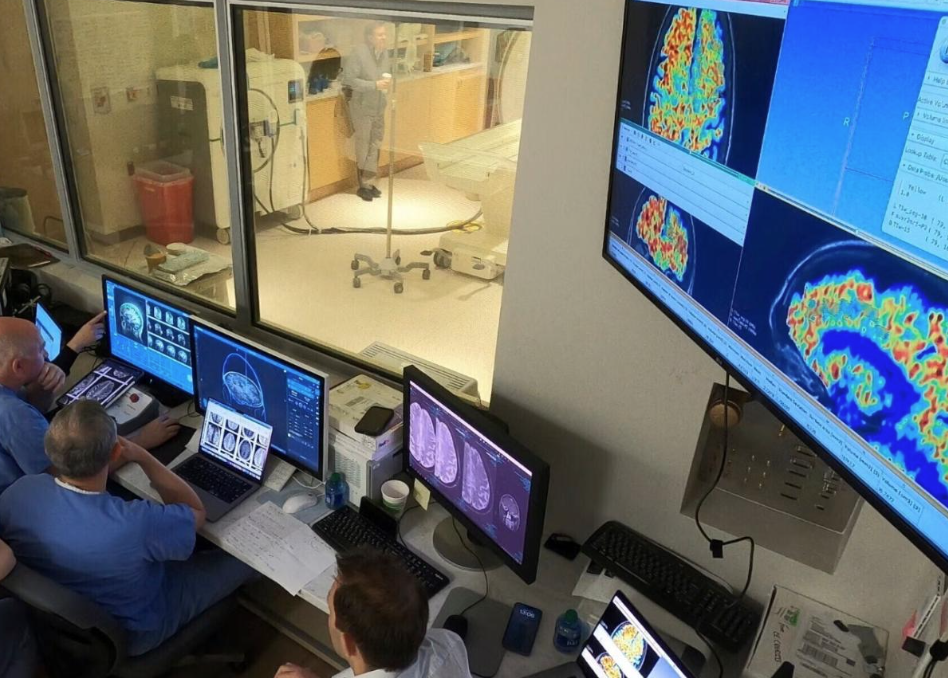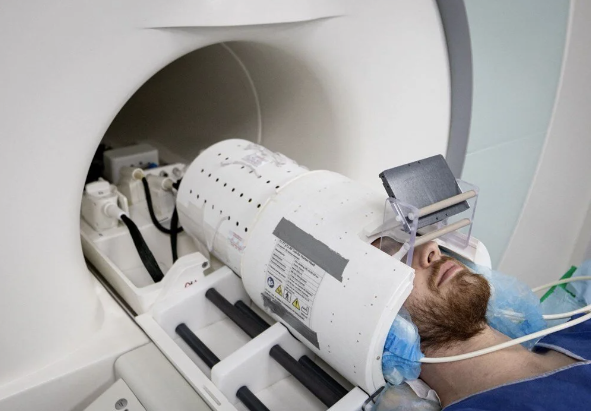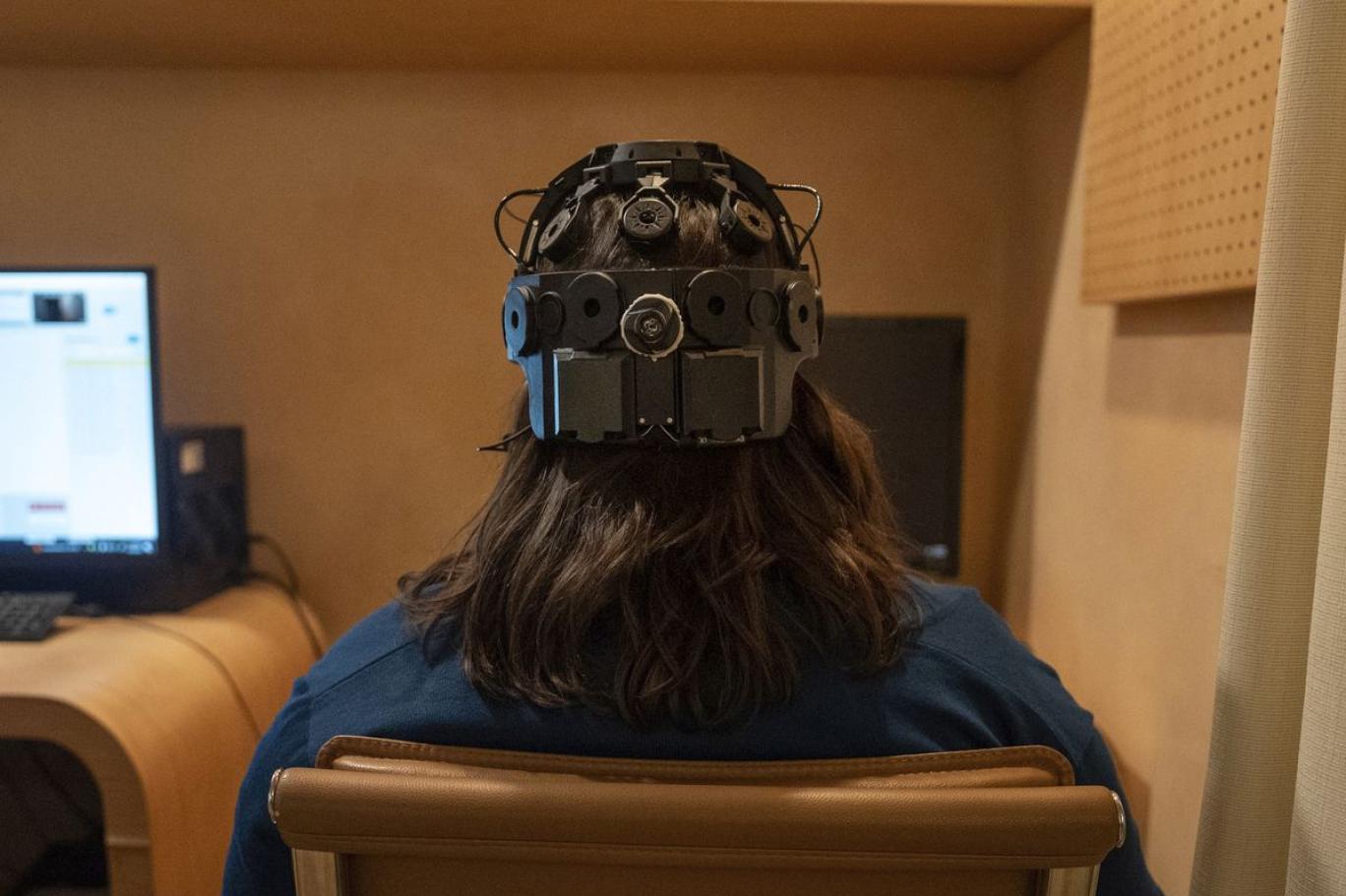A new study suggests that MRI scans can be used to alleviate symptoms of depression for 6 months.
Academics from the University of Nottingham in the UK have revealed that using scans to deliver targeted magnetic stimulation to stimulate brain regions of depressed people can alleviate symptoms for up to 6 months.
This method, called Transcranial Magnetic Stimulation (TMS), is usually administered in sessions of 4 to 6 weeks, and the benefits can be extended for several months when MRI is used to ensure that the same area of the brain is targeted at each session.
The team behind the study, called BRIGhTMIND, gave patients MRI scans before starting TMS, which allowed the researchers to target the point where different brain systems involved in depression meet.
The second scan took place 16 weeks after the first TMS session and looked at chemicals in the brain to help the team understand how the patient was responding to the treatment.
The study used neuronavigation, a computerized tracking system that uses light to administer TMS.
“Preferably patients sit in exactly the same place when they arrive for a TMS session but this rarely happens,” said Richard Morriss, professor of psychiatry at the University of Nottingham.
This method uses light from both ear lobes and the top of the nose to measure the stimulation point from the moment the patient first sees the treatment.
255 people participated in the study and completed 20 TMS sessions. Targeted TMS was found to produce “significant improvements” in the severity of patients’ depression and anxiety, with better function and quality of life over 26 weeks.
The director of the Center for Mood Disorders at the Institute of Mental Health added
The MRI personalizes the stimulation site and then neuronavigation ensures that the same site is stimulated in each treatment session.
This reduces the variability in stimulation at each session. Because the magnetic pulses can be focused on the targeted area, there are usually only short-term and minor side effects and the person can return to their daily activities as soon as they leave the hospital.
More than two-thirds of patients responded to treatment and one in five went into remission and remained in that state, the researchers said.
Professor Morriss described the results, published in the journal Nature Medicine, as “encouraging”.
“Considering that these patients have not responded to two previous treatment attempts and have been sick for an average of 7 years, it is really encouraging to achieve such a significant response rate, with one in five responding consistently to treatment.”
Patients who responded to treatment were able to stay relatively well with one or two treatments a year compared to their previous condition.
The changes we saw not only reduced symptoms of depression, but also significantly improved their quality of life by improving concentration, memory and anxiety.
The BRIGhTMIND study was funded by the National Institute for Health and Care Research (NIHR) and the Medical Research Council (MRC).
Professor Danny McAuley, Scientific Director of NIHR Programs, said:
These are important findings that suggest this new technique could greatly benefit patients with severe depression who have not responded to other treatments.
https://www.independent.co.uk/news





